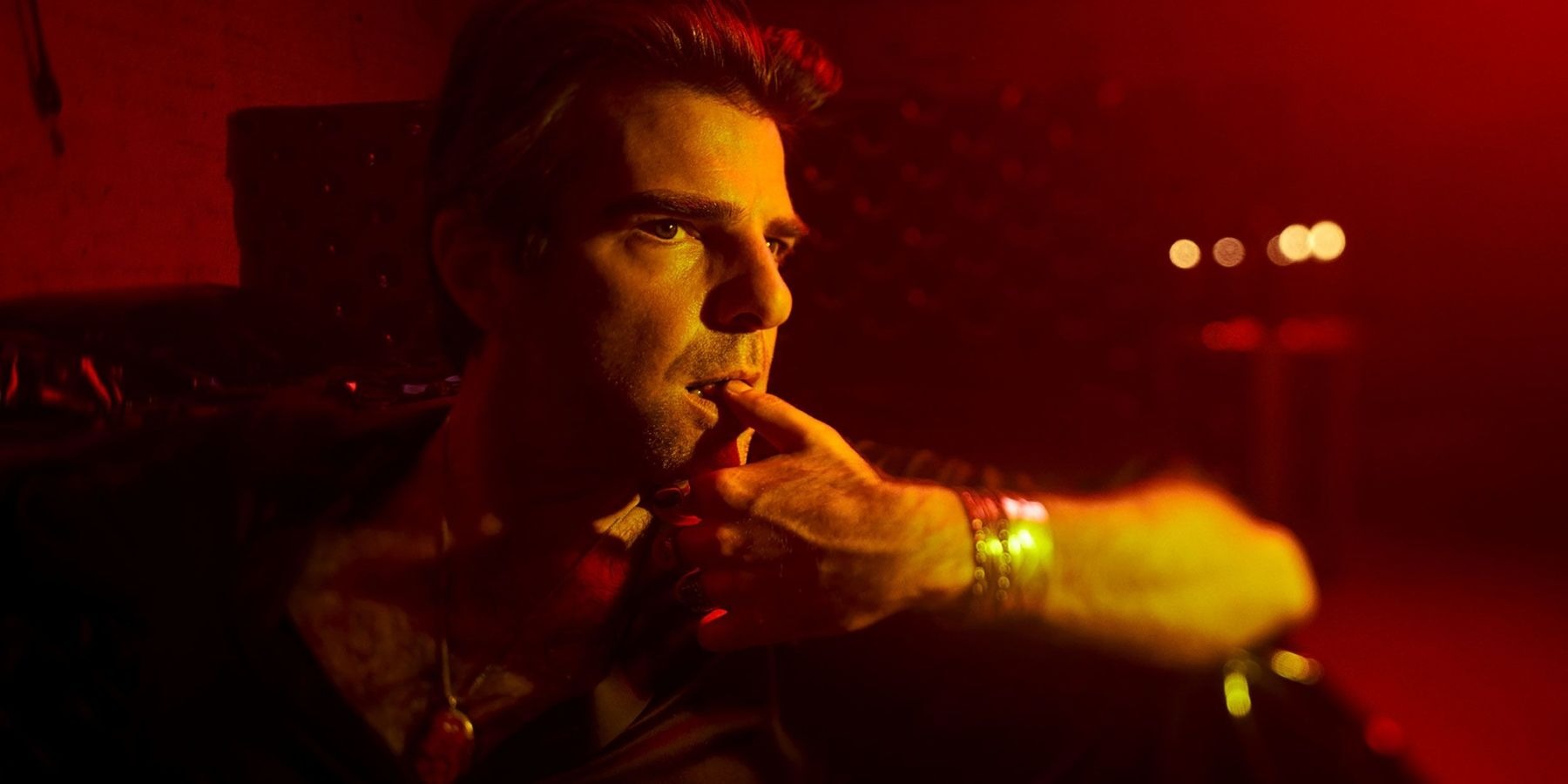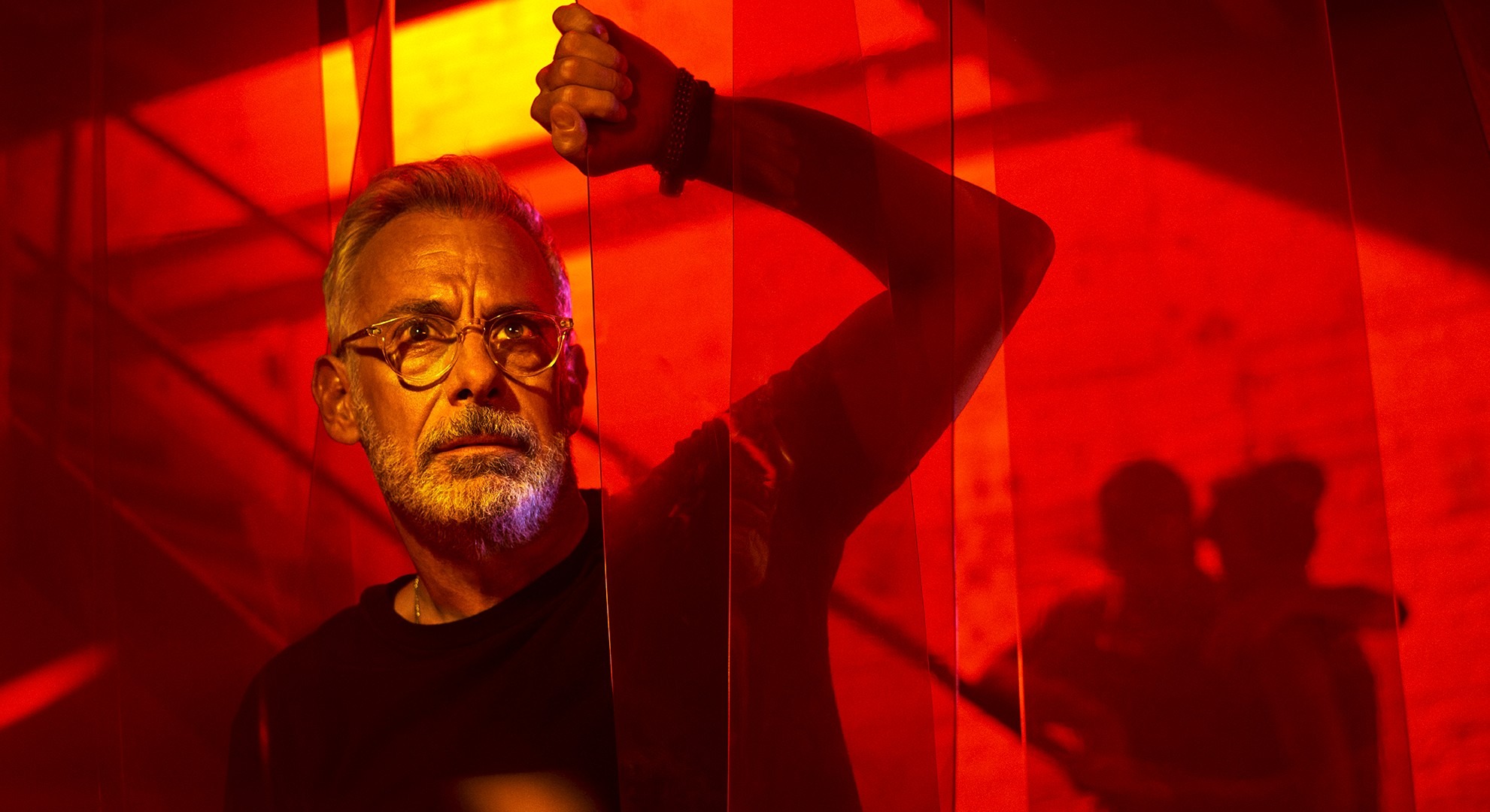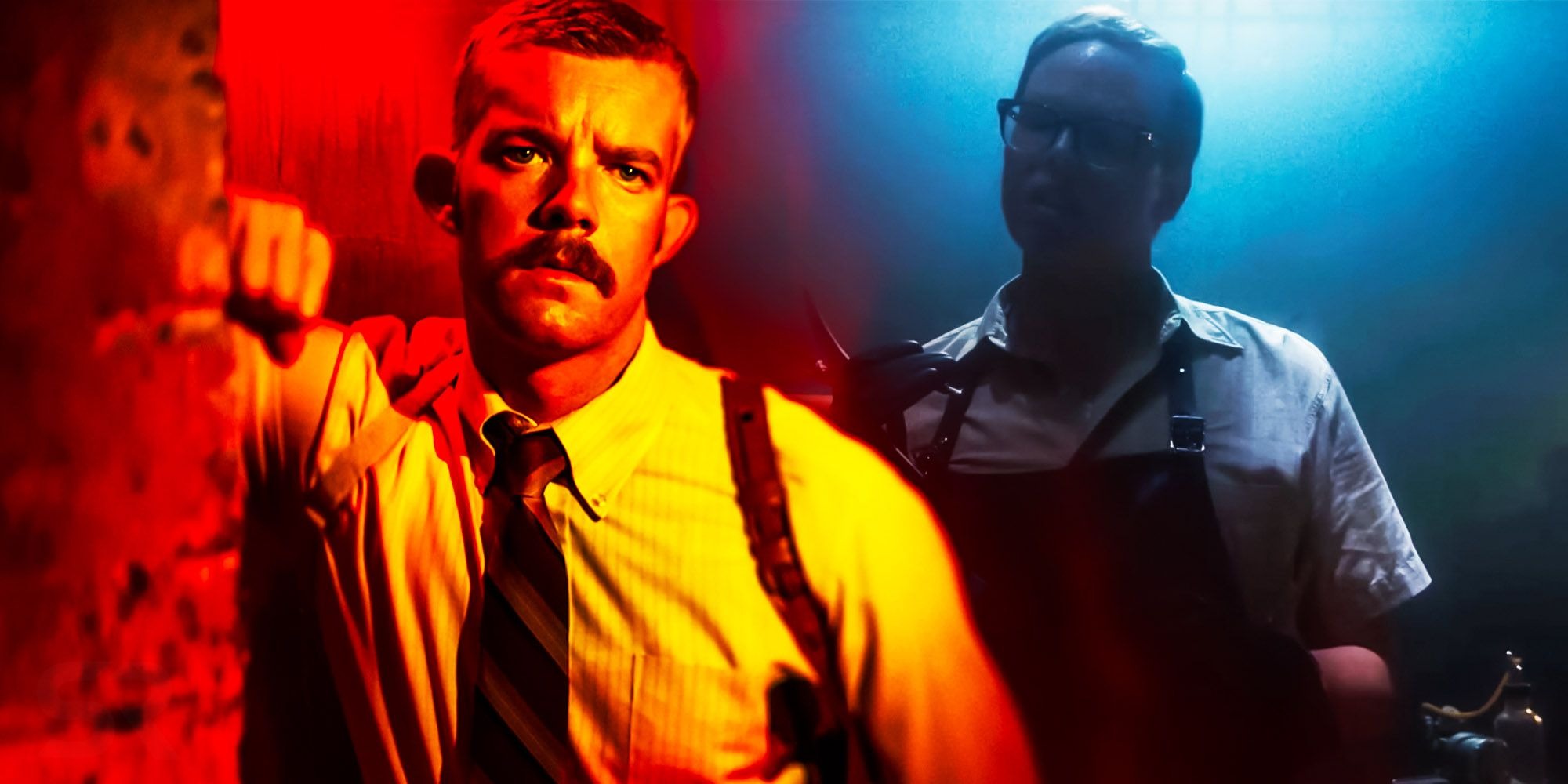Rather than a supernatural villain, American Horror Story season 11 ends by focusing on the real-life impact of the HIV/AIDS virus, which claims the lives of Sam, Hannah, and Patrick. The last episode shows Gino and Adam still alive, working tirelessly to understand what’s going on and to raise awareness.
Sam’s death is shown in a surreal hospital setting where he’s surrounded by men he had past encounters with, all of whom are dying from the disease. Patrick’s death, on the other hand, is drawn out, taking him on a painful mental journey into his past.

His ex-wife Barbara’s ghost reminds him of how his self-denial and actions affected him and those close to him. As Adam stands at Gino’s funeral, ready to speak, the screen fades to black. During Patrick’s decline, Gino remains with him every year until his death.
Meanwhile, Adam focuses on studying the virus through information left behind by Dr. Hannah Wells, who had died while pregnant. Her medical notes become crucial in helping Adam inform others that the disease can be transmitted sexually.
Gino continues to suffer loss as his friends die off, all while being haunted by Big Daddy, who becomes more aggressive as Gino’s condition worsens. Eventually, the show jumps to a future moment, revealing how Gino’s life ends.
After spending years protesting and witnessing the death of those around him, Big Daddy finally kills Gino in 1991. The last scene once again returns to Adam preparing to give a speech at Gino’s funeral before cutting to darkness.
What Sam’s Death Dream Sequence Meant
Sam’s Visions Were A Metaphor For Letting Go Of Pain
The real emotional change in American Horror Story: NYC starts from the moment Theo is buried, as Sam’s disturbing dream sequence plays out. In this dream, he witnesses himself and many others succumb to HIV/AIDS, and is confronted with the faces of people he ignored or mistreated.
Big Daddy, who seems to embody Sam’s guilt and shame, appears as the one tormenting or finishing them off. This dream isn’t just random—it symbolises the regret and harm Sam carried, especially now that his influence, wealth, and status offer him no protection as he lies sick and dying alone.
Sam only truly understands his damage after Theo’s passing and his health collapse. The point where Sam begins to accept his truth is when he takes off Big Daddy’s hood and kisses him. This action shows that he’s no longer hiding from the reality of his guilt or the pain he caused.
Through this moment, AHS: NYC shows how Sam manages to confront his past and begin to free himself emotionally. Zachary Quinto’s character had spent his life trying to silence the darkness inside, but it only led to more suffering around him.
Eventually, Henry takes Sam’s ashes and scatters them in the ocean, offering a symbolic act of cleansing as he enters the afterlife.
Were Ticks Responsible For Causing The AIDS Epidemic? What Happened
The Fire Island Deer Theory Was A Red Herring
The series doesn’t offer a clear origin for the virus but hints at several speculative causes. One suggestion was that deer on Fire Island might have been linked to the spread of the disease. Hannah, played by Billie Lourd, explains that this isn’t entirely accurate, though she considers the idea that ticks released from a government lab could be responsible.
Fran had earlier shared a conspiracy theory claiming the U.S. government conducted experiments on ticks and deliberately released them to trigger the epidemic. Hannah, however, doesn’t strongly agree with Fran’s theory, noting that the scientific interest in ticks is mostly tied to the history of Lyme disease.
Eventually, researchers identified the virus behind HIV as one that originated in chimpanzees, a discovery confirmed in 1999. What made AHS: NYC withhold a direct answer is that scientists didn’t confirm the source until decades later.
The virus that causes HIV is believed to have first jumped from chimpanzees to humans in Africa, likely as far back as the 1800s. It is believed to have made its way to Haiti in the 1960s before eventually spreading to New York during the 1970s, according to historical records.
The attention given to the deer and ticks in the show was therefore just a distraction from the real source, especially since both Lyme disease and HIV/AIDS were being studied around the same period.
AHS’s Season 11 Ending Confirms Big Daddy’s Killer Twist

Big Daddy Was A Metaphor For The Spread Of HIV/AIDS
Rather than a traditional murderer, the character of Big Daddy in American Horror Story: NYC takes on a different role. The final episodes suggest that he isn’t a literal killer, but rather a representation of the HIV/AIDS virus that spreads silently and kills.
The way Big Daddy trails after characters hints at how the disease infects people even before they’re aware, while his acts of violence symbolise how the virus takes lives. Every time Big Daddy appears, he signals someone’s infection, and when he attacks, it’s the disease claiming another victim.
The show’s last two episodes make it clear that Big Daddy doesn’t exist as a person but as a metaphor for the illness. Gino, who had been diagnosed for a while, continued to see Big Daddy more often as his condition became worse.
In one of the more unsettling scenes, Gino sees Big Daddy take a machine gun and massacre his co-workers at the newspaper office, which powerfully illustrates how many lives were lost rapidly. This also explains why those infected could not destroy Big Daddy on Fire Island—the disease would return in another form or time.
What Adam & Gino’s AHS: NYC Endings Mean
The Fates Of Adam & Gino Are Harrowingly Realistic
The show presents two very emotionally exhausting conclusions for Gino and Adam. Gino’s final years are filled with sorrow as he continues to watch his friends and partners die from the virus, while he too struggles to stay alive.
His ongoing attempts to push back against Big Daddy’s threat end in failure, even after his tireless work to create awareness about the disease. Though Patrick welcomes him into the light at the end, Gino never stops trying to resist being the next to die.
As for Adam, his story ends with just as much pain. He spends years researching the disease and carrying on Hannah’s efforts, all while watching every person he loves disappear. According to AHS: NYC, Adam continues to fight for awareness, partnering with Gino during those difficult years.
But he’s one of the few left alive. When he prepares to speak at Gino’s funeral, there’s a strong suggestion that he’s delivered similar eulogies countless times before—and will likely have to do it again.
Why AHS: NYC’s Killer Is So Different From Past Seasons
Season 11 Of American Horror Story Played On Relatable Fear
Unlike earlier seasons that focused on haunted spirits or bizarre killers, the danger in season 11 is grounded in real fear. While AHS: NYC does introduce serial killers at some points, the central figure of fear is much more grounded.
Instead of a human villain, the main threat is an actual virus—a menace that’s far more common and relatable than mythical figures or religious horror. The decision to centre the story around the HIV/AIDS epidemic might have been influenced by the emotional scars left by the COVID-19 outbreak.
The show puts a spotlight on the terrifying reality that haunted New York’s gay community during the 1980s, showing how real illnesses can be more emotionally devastating than fictional villains. Horror stories don’t always require ghosts or madmen to strike fear.
With season 11, American Horror Story uses reality itself to terrify. With over 40 million deaths from HIV/AIDS around the world, according to the World Health Organization, this virus is more disturbing than the vampires or aliens that featured in season 10.



